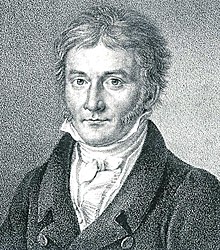| gauss | |
|---|---|
| Unit system | Gaussian and emu-cgs |
| Unit of | magnetic flux density (also known as magnetic induction, or the B-field, or magnetic field) |
| Symbol | G or Gs |
| Named after | Carl Friedrich Gauss |
| Conversions | |
| 1 G or Gs in ... | ... is equal to ... |
| SI derived units | 10−4 tesla[a] |
| Gaussian base units | 1 cm−1/2⋅ |
| esu-cgs | 1/ccgs esu[b] |

The gauss (symbol: G, sometimes Gs) is a unit of measurement of magnetic induction, also known as magnetic flux density. The unit is part of the Gaussian system of units, which inherited it from the older centimetre–gram–second electromagnetic units (CGS-EMU) system. It was named after the German mathematician and physicist Carl Friedrich Gauss in 1936. One gauss is defined as one maxwell per square centimetre.
As the centimetre–gram–second system of units (cgs system) has been superseded by the International System of Units (SI), the use of the gauss has been deprecated by the standards bodies, but is still regularly used in various subfields of science. The SI unit for magnetic flux density is the tesla (symbol T),[1] which corresponds to 10,000gauss.
Cite error: There are <ref group=lower-alpha> tags or {{efn}} templates on this page, but the references will not show without a {{reflist|group=lower-alpha}} template or {{notelist}} template (see the help page).
- ^ NIST Special Publication 1038, Section 4.3.1